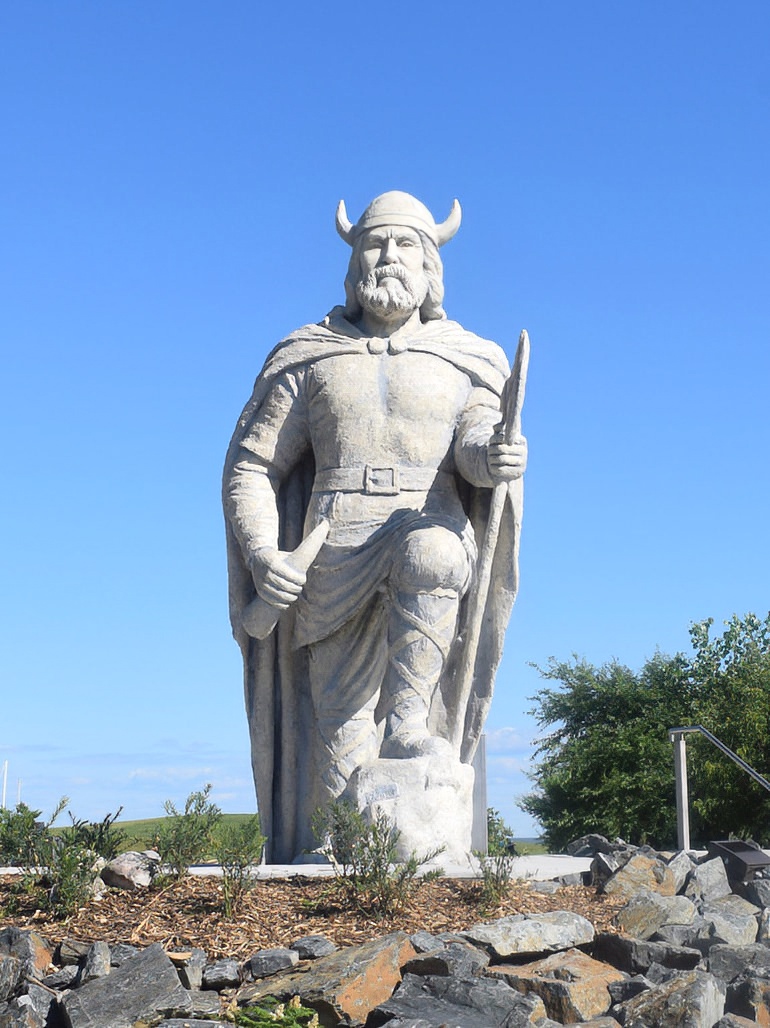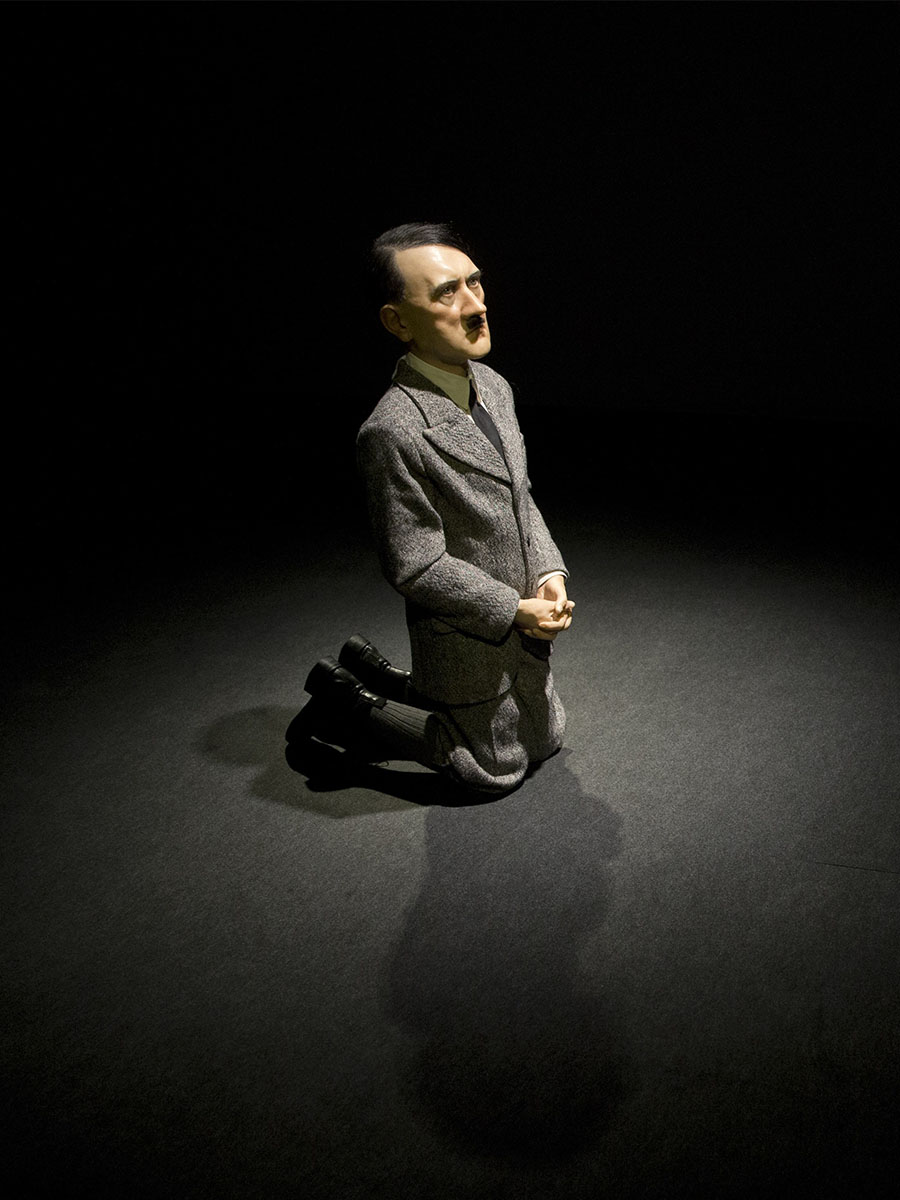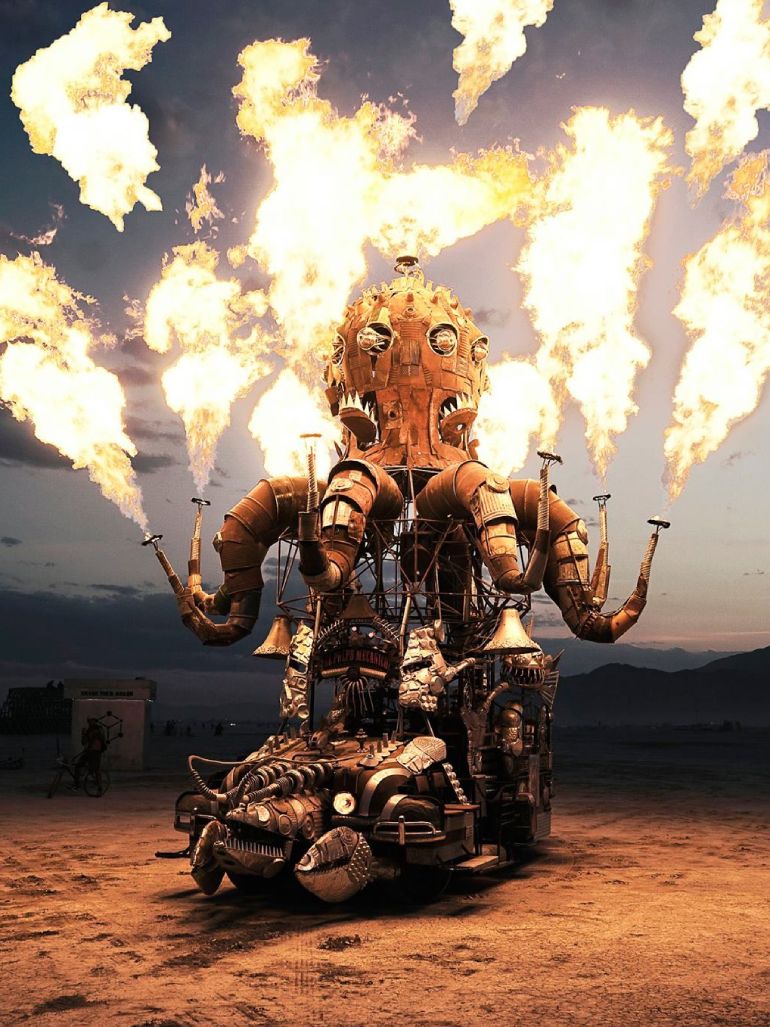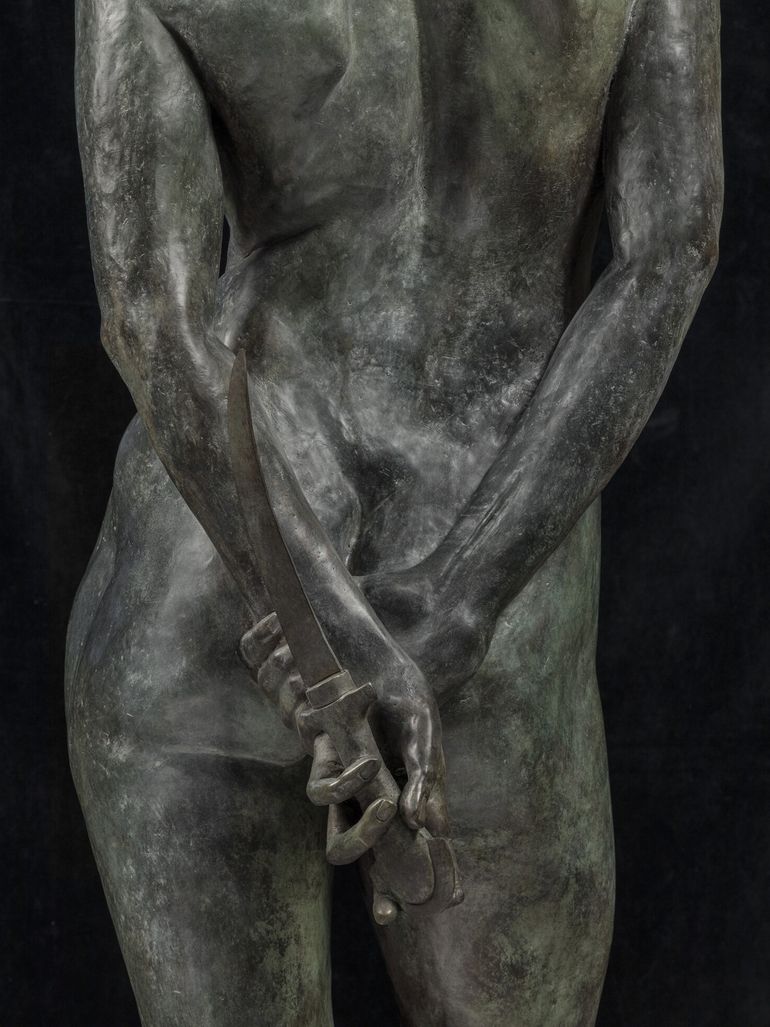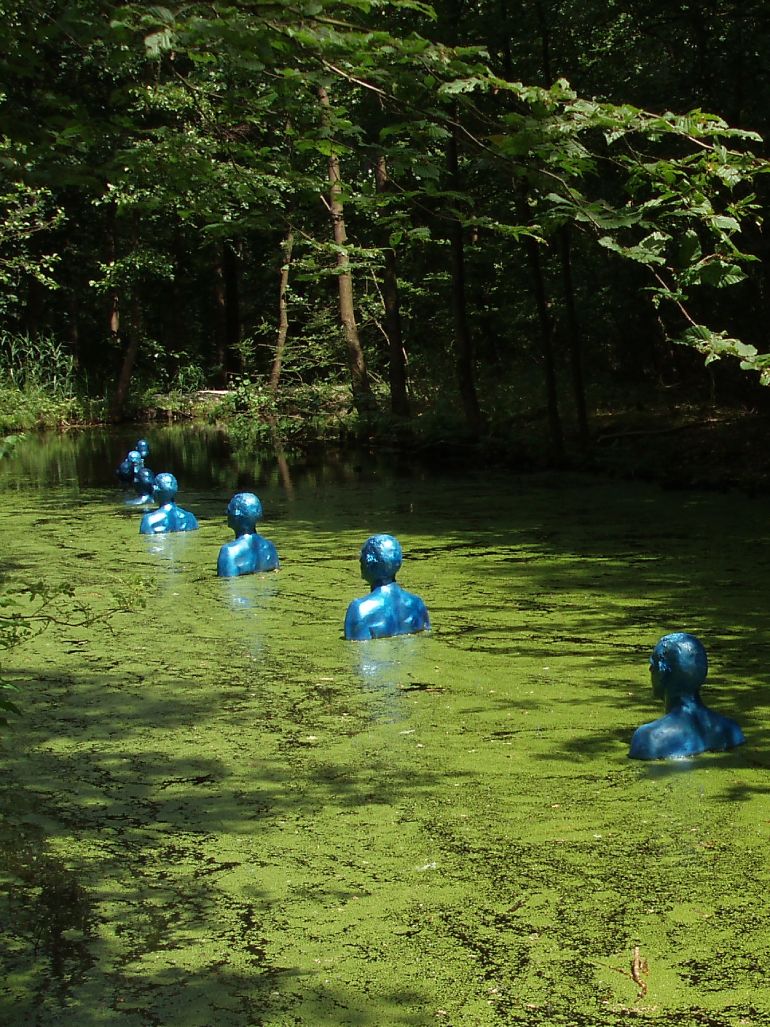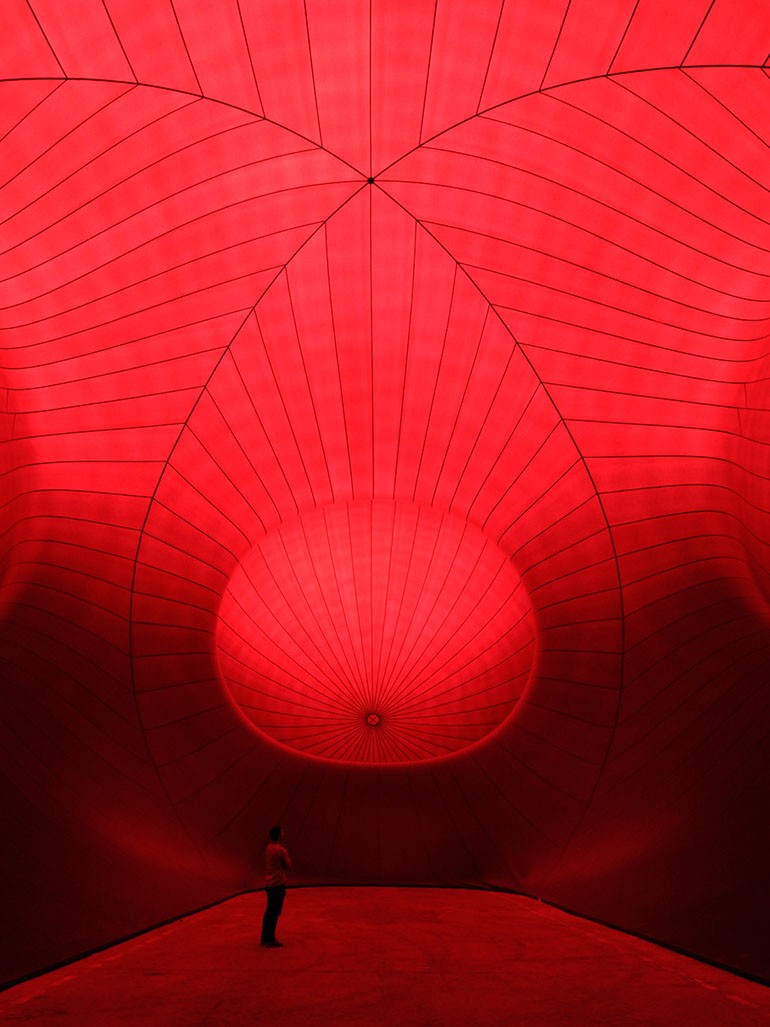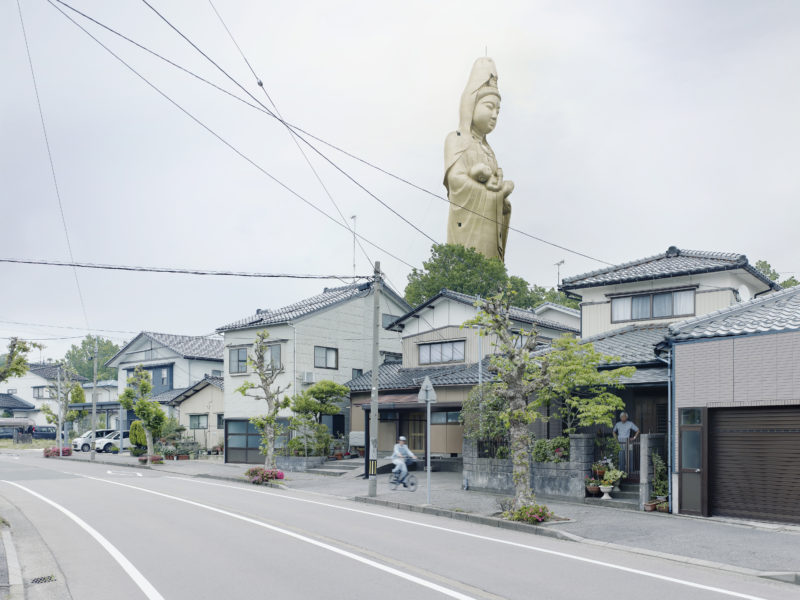
Fabrice Fouillet’s Colosses
Through several centuries, there have been different statues 1 erected around the world. These statues vary in size and what they represent. Photographer Fabrice Fouillet 2 embarked on a tour to study and take photographs of the biggest and most imposing statues in the world; A project he named Colosses.
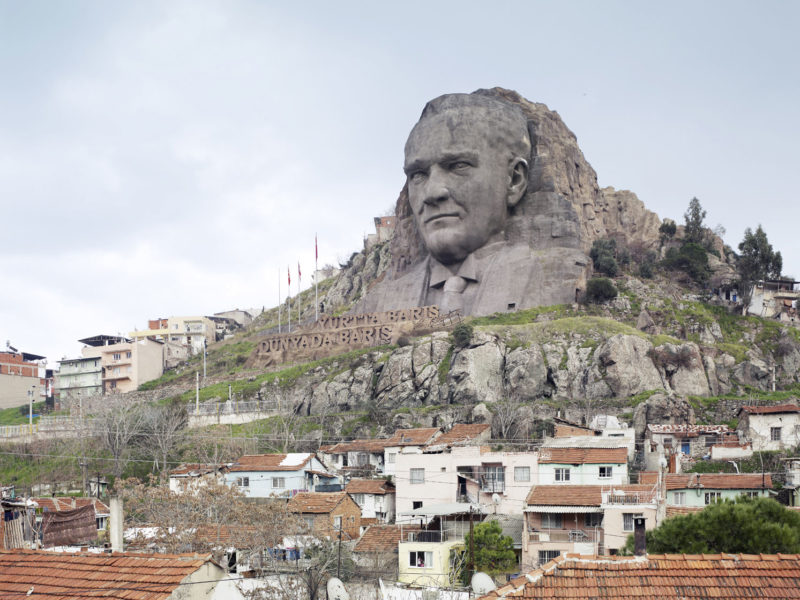
The idea behind the project
The project brings about a change in how these monuments are viewed. In other words, the idea of the project is not entirely to capture images of the statues or show off their sizes or the symbol they represent.

However, the project shows these figures in their environment and how they fit into the landscape and their connections to their immediate surroundings
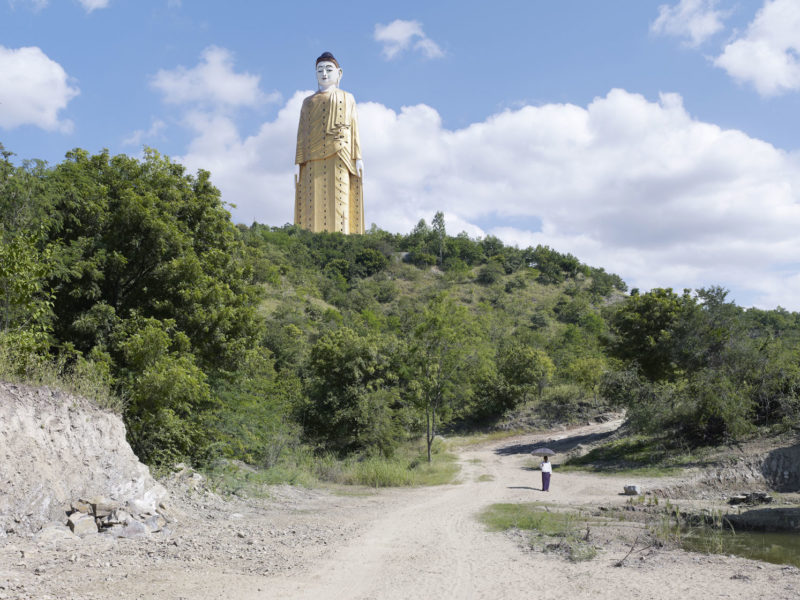
Colosses is a study of the landscape in which monuments and commemorative statues are erected and tends to bring out another perspective from which these symbolic representations can be viewed.
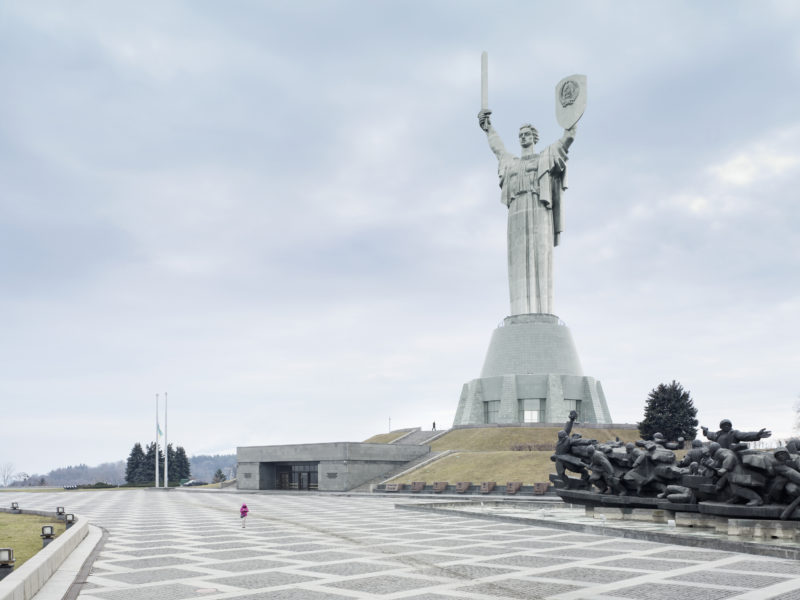
In an interview 34, Fouillet says about the statues:
They symbolise the strong human desire of remembrance and commemoration directly related to the size of the monument.
He continues, saying that he explored the most profound meaning of both ‘symbol’ and ‘cult of personality’. Fouillet has been intrigued by how historical figures such as leaders or politicians have been honored or romanticized with massive statues for the sake of collective remembrance.
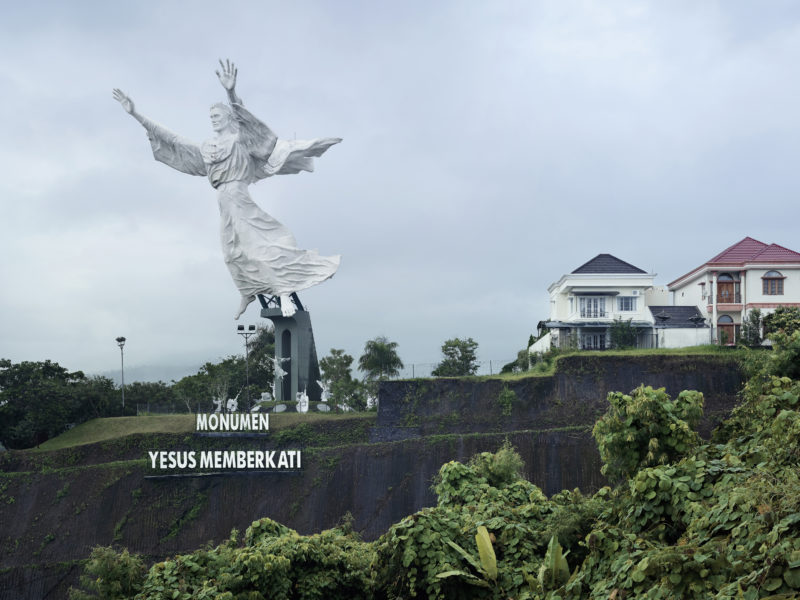
Fouillet further mentioned that he stumbled over numerous monuments built to honor Lenin, Stalin and Mao and that, even though they were culturally and socially relevant, they weren’t very large.
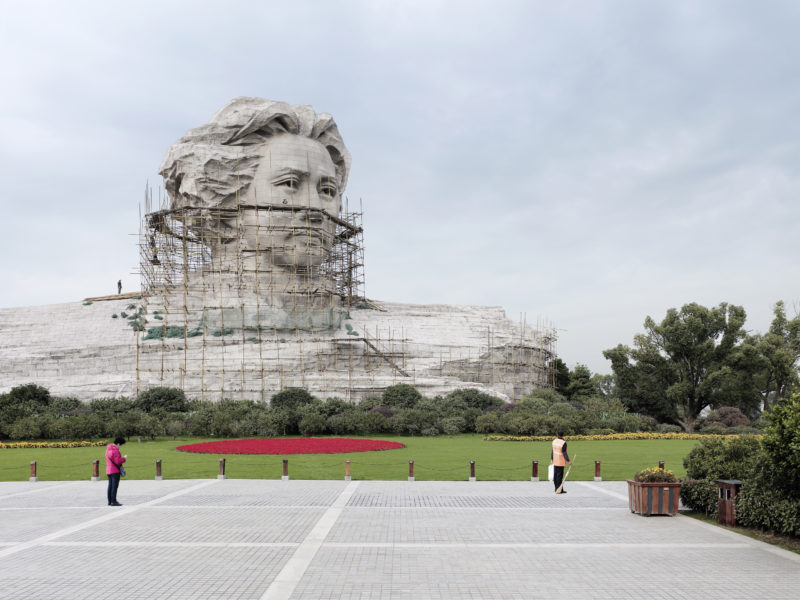
While working on the project, he encountered a photo of a large white statue in a populated area of Sendai, Japan 5, roughly 350km north of Tokyo.
Sadly, the picture had no caption so I first thought it was unreal, but when I had the proof of its existence, I immediately felt that these huge statues were what I wanted to talk about.
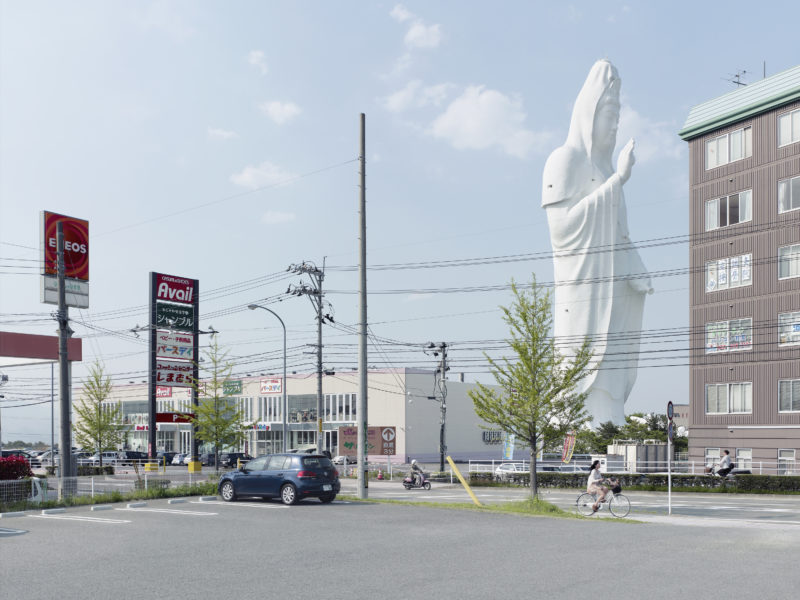
Why are statues being erected?
There can be different reasons why statues are erected and these include political, ideological or religious. Most times, statues are erected to keep alive the memory of a person or event. With the passing of the years, the statue will eventually become a symbol for the community.
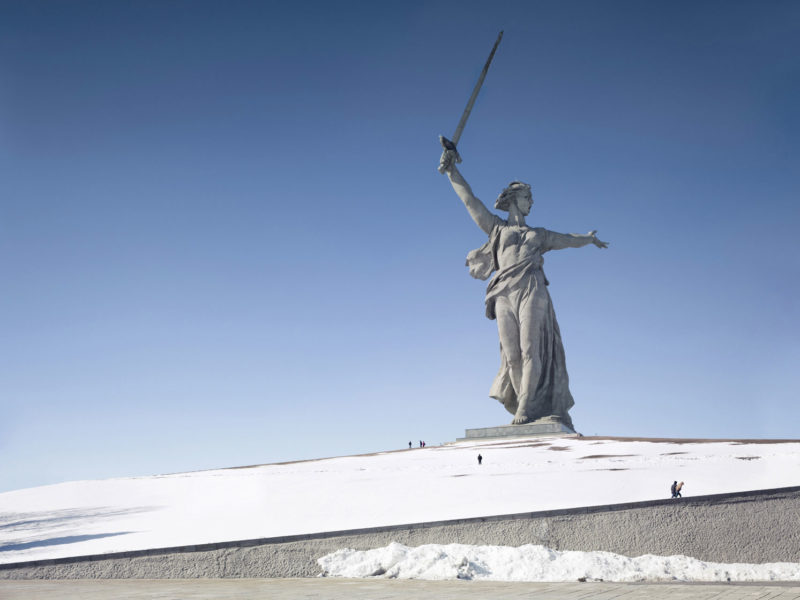
Most of the statues are located on this continent ..
As the series Colosses is all about the landscapes in which these statues are sited, we get to see the connections these gigantic declarations have with their immediate environment. Many statues were erected around the world in the 1990s, with many of them located in Asia.

Right now, the world’s highest statue is undergoing construction in India and it will go as high as 182 meters, which will be almost twice the size of the statue of liberty.
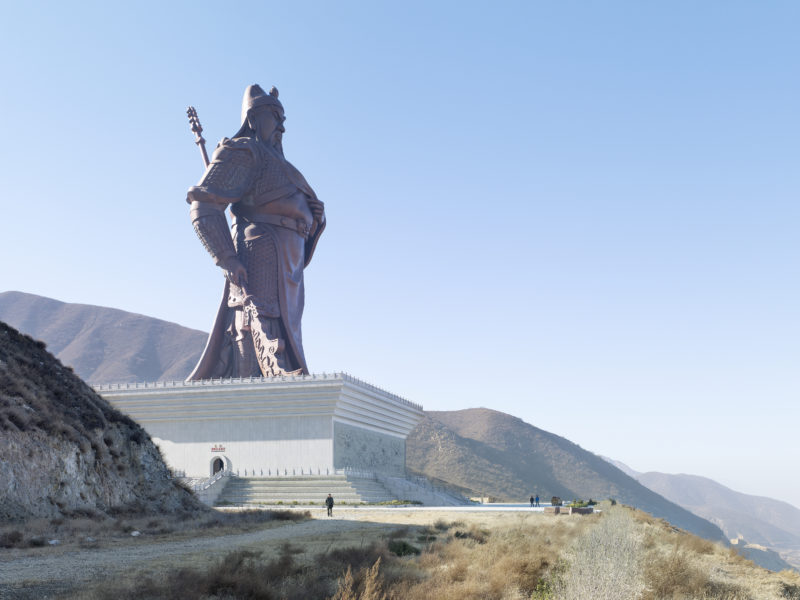
Where & how did Fouillet take photographs
For this project, Fouillet took photographs of the statues outside their surroundings, detaching them from their natural environment, thereby giving a wider view and perspective of how these massive monuments fit into the landscape. He captures the monuments from a perspective we don’t usually get to see every day.
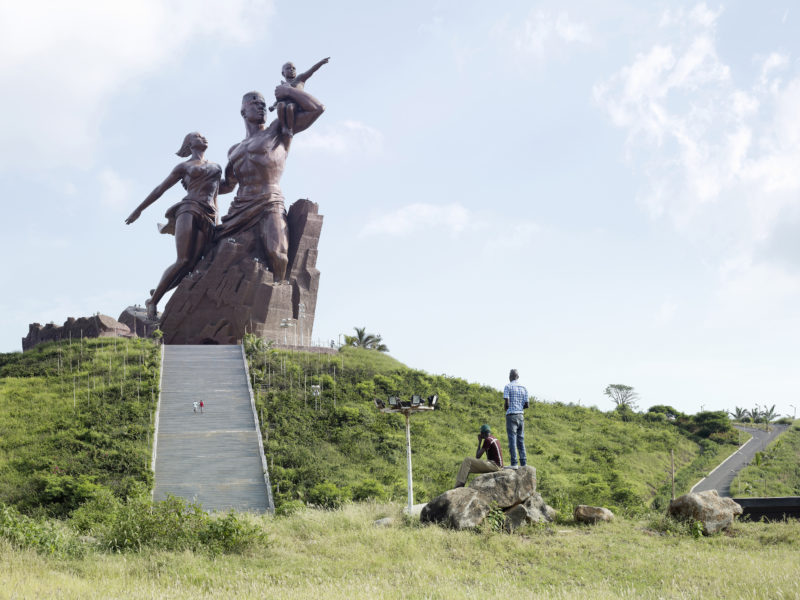
Some of these monuments include the Dai Kanon in Sendai 6, Japan, which he framed from a few blocks away. Christ, the King monument in Swiebudzin, Poland 7, was framed from behind. For some of the monuments, Fouillet shoots wide enough to capture the details of the things in the environment of these looming monoliths.

For example, in the image of the Grand Byakue Kannon in Takasaki, Japan, there is a Coca-Cola machine just down the hill away from the monument. According to Fouillet, he intends to take out the monument from its regular touristic and religious setting, which we are already used to.
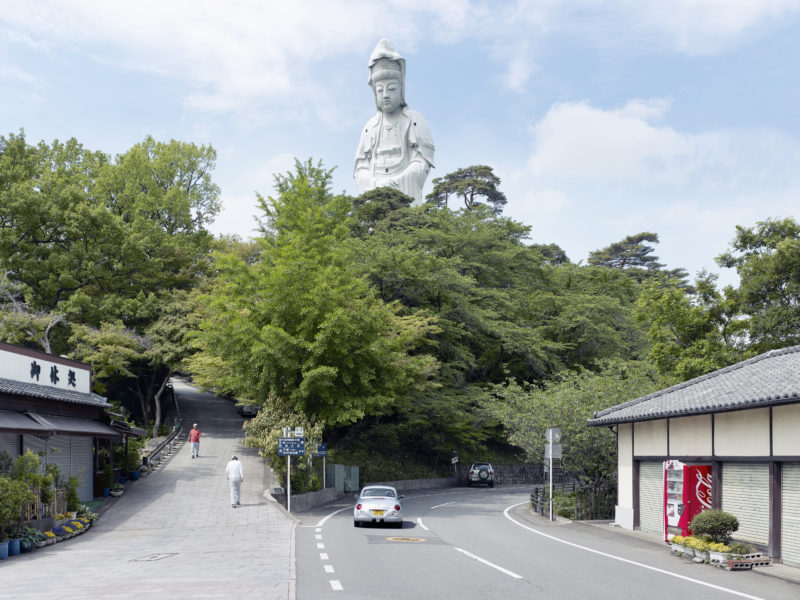
Fouillet’s next plans
The project has spanned ten countries. Fouillet thinks the project would not be complete if he did not capture the monument of Genghis Kahn riding on horseback, located on the banks of the Tuul River 8 in Mongolia 9 and the Sardar Patel statue, under construction in India.

For the biggest statue in the world at the moment, the Spring Temple Buddha in Henan, China, Fouillet said he was unable to find a satisfying angle.

